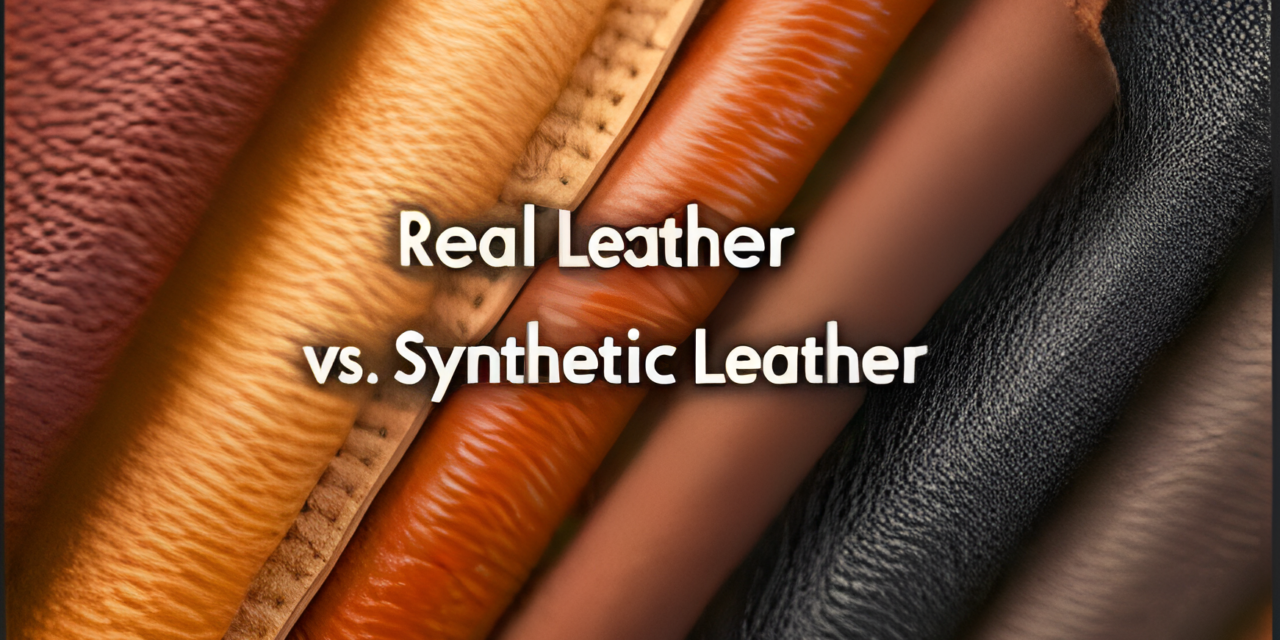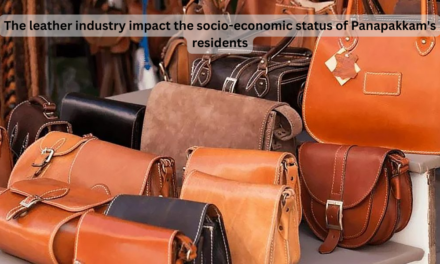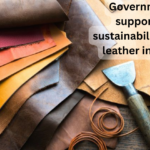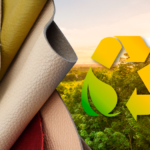The durability of synthetic leather jackets compared to genuine leather ones depends on various factors such as material quality, environmental exposure, and care practices. Genuine leather generally outperforms synthetic leather in longevity, resistance to wear, and aging, but synthetic leather has its own advantages, especially in affordability and specific environmental conditions. Here’s a detailed comparison:
1. Material Composition
- Genuine Leather:
- Made from natural animal hides (full-grain, top-grain, or split leather).
- Its natural fiber structure makes it strong, durable, and resistant to tearing over time.
- Synthetic Leather (Faux Leather or PU/PVC Leather):
- Made from a base fabric (e.g., polyester or cotton) coated with polyurethane (PU) or polyvinyl chloride (PVC).
- Lacks the complex natural fiber structure of real leather, making it less durable under heavy wear.
2. Durability and Longevity
- Genuine Leather:
- Extremely durable and can last 20+ years with proper care.
- Becomes softer and more supple with time, developing a unique patina that adds character.
- Resistant to cracking and peeling when conditioned regularly.
- Synthetic Leather:
- Generally lasts 3–5 years, depending on usage and quality.
- Prone to cracking, peeling, or flaking as the synthetic coating breaks down over time.
- Exposure to extreme heat, cold, or frequent flexing can accelerate wear and tear.
Winner: Genuine leather outlasts synthetic leather significantly.
3. Resistance to Wear and Tear
- Genuine Leather:
- Resistant to abrasion, tears, and punctures due to its natural strength.
- Suitable for rugged use, making it ideal for motorcycle jackets and workwear.
- Synthetic Leather:
- More susceptible to scratches, cuts, and general abrasion because of its thin PU/PVC coating.
- Cannot repair damage like genuine leather, as tears or cracks are often irreversible.
Winner: Genuine leather offers far better resistance to wear and tear.
4. Water and Weather Resistance
- Genuine Leather:
- Naturally porous, making it prone to water absorption if untreated.
- Regular waterproofing treatments (waxing or oiling) improve its resistance to water.
- Can be affected by prolonged exposure to humidity and extreme weather without proper care.
- Synthetic Leather:
- Naturally water-resistant due to its plastic coating, making it ideal for rainy or humid environments.
- Does not absorb water or stains easily, making it low maintenance.
- However, UV exposure can cause the surface to fade, crack, or peel over time.
Winner: Synthetic leather performs better in wet conditions, but genuine leather can match this with proper care.
5. Aging and Aesthetics
- Genuine Leather:
- Ages gracefully, developing a rich patina that enhances its appearance over time.
- Scratches and marks add character, contributing to its unique vintage look.
- Synthetic Leather:
- Does not age well. Instead of developing a patina, it may fade, peel, or crack.
- Its appearance remains static until the material deteriorates.
Winner: Genuine leather improves with age, while synthetic leather degrades.
6. Maintenance
- Genuine Leather:
- Requires regular care (cleaning, conditioning, and waterproofing) to maintain its softness and durability.
- Without proper care, it can dry out, crack, or lose flexibility.
- Synthetic Leather:
- Easy to clean with a damp cloth and mild soap.
- Requires minimal maintenance but cannot be conditioned or repaired like real leather.
Winner: Synthetic leather is easier to maintain but has a shorter lifespan.
7. Environmental Impact
- Genuine Leather:
- Made from animal hides, which are a byproduct of the meat industry.
- The tanning process can have environmental impacts, especially if chrome tanning is used.
- However, vegetable tanning and sustainable practices reduce its footprint.
- Synthetic Leather:
- Made from plastic-based materials like PU or PVC, which are derived from fossil fuels.
- Produces non-biodegradable waste and may release harmful chemicals during production and disposal.
- Newer bio-based synthetic leathers (e.g., pineapple leather, mushroom leather) offer eco-friendly alternatives.
Winner: Both have environmental impacts, but bio-based synthetic leathers offer promise for sustainability.
8. Cost
- Genuine Leather:
- More expensive due to the cost of raw materials, tanning, and craftsmanship.
- Offers long-term value because of its durability and longevity.
- Synthetic Leather:
- Significantly cheaper and widely accessible.
- A good short-term option but needs replacing more frequently.
Winner: Synthetic leather is more affordable upfront, but genuine leather offers better value over time.
Conclusion
- Genuine Leather: Far superior in durability, longevity, and aesthetic appeal, making it a better long-term investment. It’s ideal for those seeking high-quality, timeless leather jackets that age beautifully with proper care.
- Synthetic Leather: Offers affordability, easy maintenance, and excellent water resistance, making it suitable for short-term use or vegan alternatives. However, it lacks the resilience and aging qualities of genuine leather.
Hashtags
#LeatherDebate #EthicalFashion #LeatherIndustry #EcoConsciousStyle #LeatherQuality #SustainableStyle #LeatherFashion #LeatherLovers #LeatherGoods #LeatherTrends #EcoFashion #LeatherAlternatives #LeatherCrafting #LeatherStyle #LeatherApparel #LeatherAccessories #LeatherVersusSynthetic #LeatherDebate #LeatherDebate #LeatherDebate #LeatherDebate














